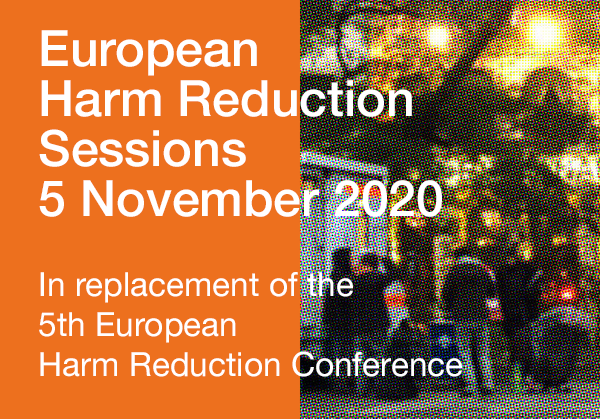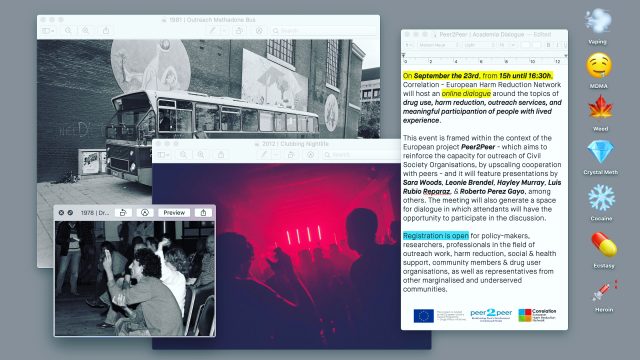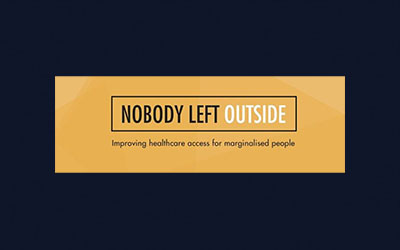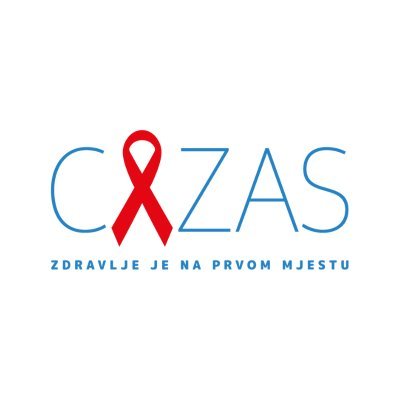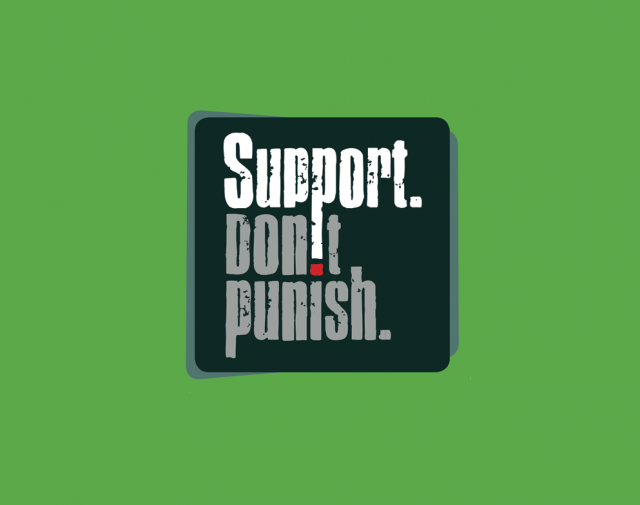On July 24, 2020 the European Commission published a Communication to the European Parliament, the Council, the European Economic and Social Committee and the Committee of the Region on the EU Drug Agenda and Action Plan (2021-2025). The EU Drug Agenda is an important milestone, which will set out the political framework, priorities and actions for implementing EU drugs policy over the next 5 years. As such it should respond to the challenges and needs in the area of drug policy and practice, build on previous efforts and relevant policy documents and allow sufficient opportunities for input and participation from civil society experts in the field.
C-EHRN acknowledges the ongoing commitment and engagement of the European Commission to ensure a balanced and evidence-based drug policy approach on national, European and international level. We also appreciate that the previous Drug Strategy/ EU Drug Action Plan and the new EU Drug Agenda include relevant areas of drug supply and drug demand reduction. Nevertheless, we do have critical remarks and comments, which address both the process of developing the agenda, as well as the structure and content of the current document.
Whilst previous EU Drug Strategies and EU Drug Action Plans were adopted as Council Decisions, based on consultation with EU Member States, civil society and other relevant stakeholders, the current EU Drug Agenda was published as EC Communication, without being discussed beforehand by the Horizontal Drug Group and the EU MS. The Agenda as such is a fait accompli, and does not offer further opportunities for input or amendments. We believe, that this will not only limit the relevance of this policy document, but also lower the impact and level of implementation in the EU MS.
Prior to the development of the new EU Drug Agenda, the EC has commissioned an external agency to evaluate the impact and implementation of the previous EU Drug Strategy and Action Plan, in which relevant stakeholders, including civil society representatives and experts were given the opportunity to provide input. As such, the evaluation report provides relevant information, which should inform the development of a follow-up policy document. Unfortunately, the evaluation report was only published together with the EU Drug Agenda, which made it impossible for experts and civil society to review the report and provide input, based on its findings and conclusions. This seems like a missed opportunity and does not do justice to the efforts made in regard to the evaluation.
Although, we appreciate that the Agenda includes relevant areas in drug demand reduction, we are concerned about the structure and order of priorities in the Agenda. The previous Strategy included a clear division between drug demand and drug supply reduction and linked these with cross cutting issues, including coordination, international cooperation, information and research. By doing so, both policy areas were addressed separately, without being prioritized, while the cross-cutting issues ensured a balanced and coordinated approach.
The new EU Drug Agenda does not separate the two policy areas, but mentions three overarching strands – A. Enhancing Security – disrupting drug markets, B. Preventing and awareness raising and C. Addressing drug related harms – and a total of 8 priorities (and related sub-priorities).
The priority areas under A. clearly address security issues, crime prevention and drug-market control, while the priorities under B. and C. are mingled with interventions addressing drug supply and drug demand reduction. An example: Prevention in the area of drug demand and drug supply reduction are combined under priority 5 and include as well the need to reduce stigma. This combination of topics seems random and not logical. While crime prevention should be addressed in priority A., the need to reduce stigma should be mentioned as overarching priority and principle, to be addressed in all three priority areas.
Although, we acknowledge and appreciate that harm reduction has become a separate priority area, we feel that the structuring of the current agenda puts drug demand reduction and harm reduction in particular on a less prominent place. The majority of priorities focuses on drug supply reduction, drug market control and crime prevention, followed by drug demand reduction measures and harm reduction.
Strategic priority nr. 7 addresses the need to “increase the efficiency of risk and harm reduction interventions to protect the health of drug users and the public”. However, related priority areas do not address relevant challenges in the area of harm reduction, including the need to increase coverage and access to harm reduction services, lack of funding and overdose prevention.
Strategic priority nr. 8 addresses the need for a balanced approach in prisons, but does not refer to harm reduction interventions at all. The WHO recommends the provision of harm reduction services in prison and there is evidence that the continued access to harm reduction services contributes to the health and well-being of people who use drugs and can reduce the overdose risk after the release from prison.
We deplore, that the Agenda does not acknowledge sufficiently the important role of civil society in developing and implementing drug policy. This is particularly concerning because
- civil society faces increasing political pressure and restrictions in some European countries, making it difficult
or even impossible for them to continue their work in both, service delivery and advocacy.
- harm reduction services are structurally underfunded. Essential services are closed down or downgraded in
a number of European countries, including Romania and Bulgaria, Serbia and Bosnia and Herzegovina.
- harm reduction services have proved to be essential in the response to Covid-19, by providing non-bureaucratic
and direct support, health care and information to people who use drugs and making sure, they were not forgotten
and left behind in this public health crisis.
The EU Drug Agenda addresses the specific needs of people who use drugs and links barriers to access treatment to demographic, situational or personal factors. Unfortunately, the Agenda does not refer to barriers, caused by stigma and criminalization of drug use – although these are important drivers for social exclusion and discrimination and increase social, health and economic inequalities.
The EU has championed in promoting and defending an evidence- and human rights-based drug policy approach. This has been of particular relevance in the international drug policy debate and during the negotiations at the CND. We therefore deplore that the four guiding principles in the Agenda do not refer to these efforts and relevant international human rights documents – including the Universal Declaration of Human Rights, the International Guidelines on Human Rights and Drug Policy and the 2016 UNGASS Outcome Document.
The EU Agenda mentions that resources should be directed proportionally towards the strategic priorities, areas and interventions that are most likely to lead to fulfilling the objectives of the EU Agenda and refers as well to the different EU funding sources. However, the Agenda does not include criteria, which can inform the distribution of these resources. It also omits the establishment of a coordination mechanism, which would ensure a balanced approach and create synergy, cooperation and responsibilities between the different EU Programmes, including the ESF+, EU4Health, Justice Programme, Horizon Europe, Cohesion Policy Fund, Digital Europe, Rights and Values Programme and Erasmus+.
We understand, that the EC Communication on the Drug Agenda is currently discussed by the European Commission, the Member States and the European Parliament and we therefore hope that the document will be adapted and take above mentioned concerns into account.
October 2020
Correlation – European Harm Reduction Network
Contact: kschiffer@correlation-net.org
DOWNLOAD THE STATEMENT HERE

